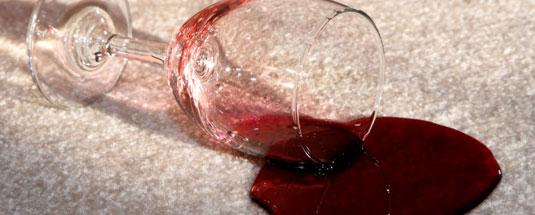Touch Up
Extensive scratches touched up on very light wood in the lobby at the 720 N. Larrabee building.
5915 N. Ravenswood Ave. • Chicago, Illinois 60660 • 773.275.9061

Age, use, and sunlight will take its toll on the finest furniture. We would like to offer some suggestions to help maintain the appearance and usefulness of your furniture. If your furniture does become damaged, call a professional. Many home repairs gone wrong are more difficult to repair than the original damage.
Accessories – Periodically rotate accessories placed on tables. Leaving them in one spot for extended periods can cause the surface to age unevenly and leave areas that do not match the rest of the top.
Sunlight – Avoid placing furniture in direct sunlight. The bleaching action of the sun is extremely difficult to restore. This also applies to upholstered furniture.
Objects – Plastic or rubber objects should not be placed directly on finished wood surfaces. They may contain ingredients that can react with the finish and damage it.
Potpourri – Potpourri can also damage finished wood surfaces. Do not place it directly on wood surfaces even if it is in a cloth or plastic bag.
Stain Repellants – Stain repellants can help fabric resist spills, but they are not foolproof and wear off over time.
Dusting – Dust frequently with a soft cloth. Always wipe in the direction of the grain.
Polishing – Polishing is recommended once a month unless the furniture receives heavy wear. If so, more frequent polishing should be done. For cleaning fingerprints and other household dirt, a furniture cream will work best. For dusting and polishing, a clear lemon oil polish will suffice.
Washing – Clean the surface, when necessary, with water and a mild soap such as Murphy’s Oil Soap or mild liquid dish soap. Moisten the cloth with the solution and ring out any excess solution. Wipe in the direction of the grain. To remove any soap residue, treat a soft cloth with plain water, and again wipe the surface in the direction of the grain. Follow this with a dry soft cloth to remove any remaining water.
Humidity – Humidity should be kept between 35% and 70% at all times, especially in the winter. Installation of a humidifier is recommended for the Chicago climate. Extremes of humidity can cause wood to warp, develop seasonal cracks or swell. This damage is extremely difficult, if not impossible, to repair.
Temperature – Avoid extremes of temperature. Avoid placing furniture near radiators, registers or air conditioning units as these can cause the same damage as extremes of humidity.
Accessories – Use felt pads or cloth to protect the surface from lamps, vases, decorative accessories, etc.
Liquid containers – Use coasters when placing glasses, coffee cups, vases or other liquid containers on finished wood surfaces.
Transporting – Lift objects, do not drag them, across the surface of the furniture.
Writing – Use a protective pad when writing.
